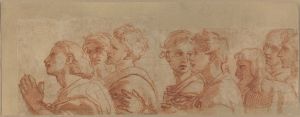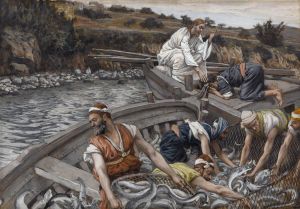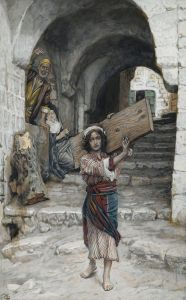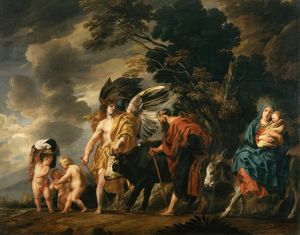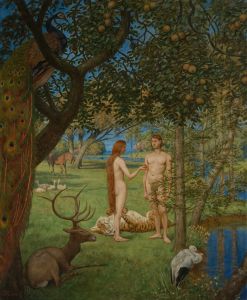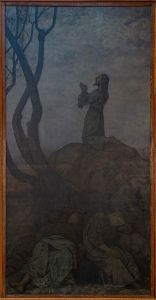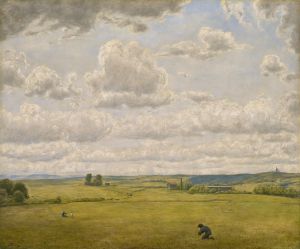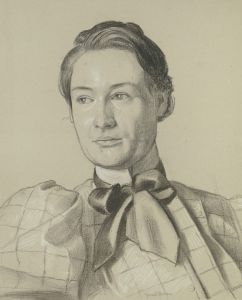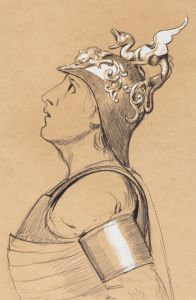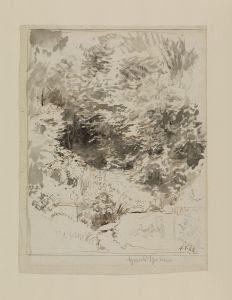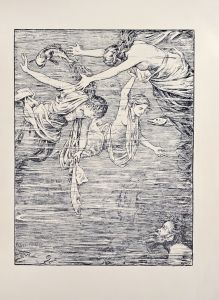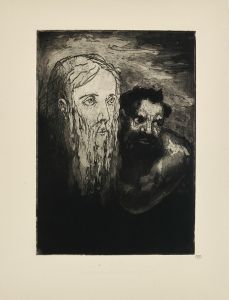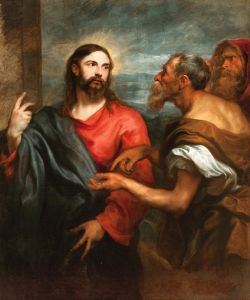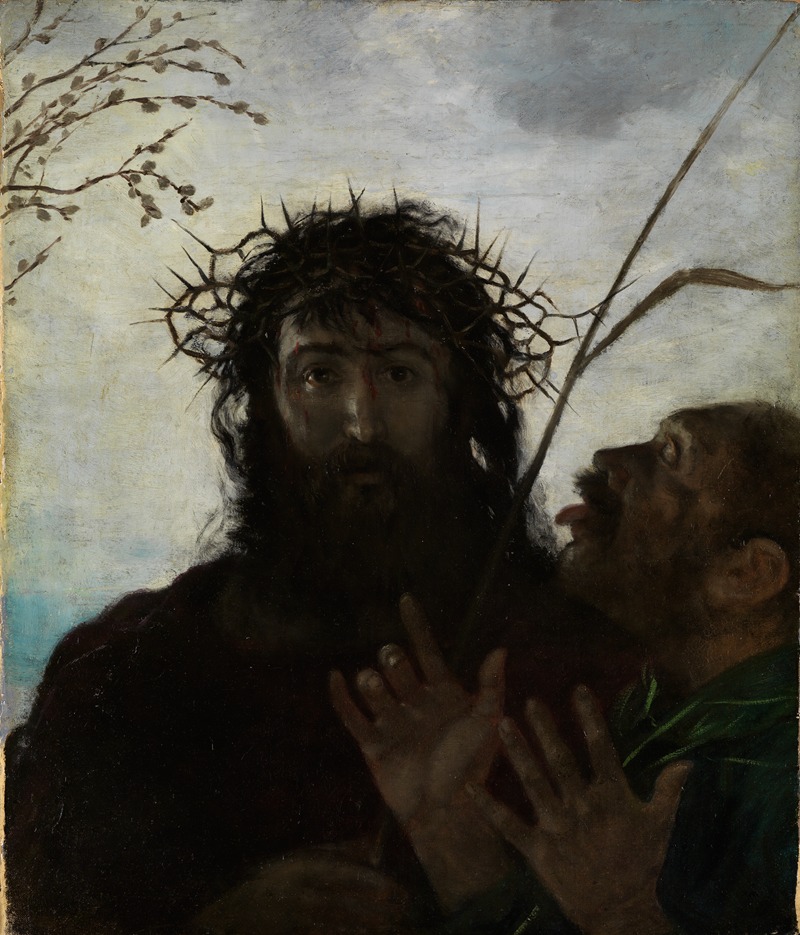
Die Verspottung Jesu
A hand-painted replica of Hans Thoma’s masterpiece Die Verspottung Jesu, meticulously crafted by professional artists to capture the true essence of the original. Each piece is created with museum-quality canvas and rare mineral pigments, carefully painted by experienced artists with delicate brushstrokes and rich, layered colors to perfectly recreate the texture of the original artwork. Unlike machine-printed reproductions, this hand-painted version brings the painting to life, infused with the artist’s emotions and skill in every stroke. Whether for personal collection or home decoration, it instantly elevates the artistic atmosphere of any space.
Hans Thoma was a German painter known for his detailed and realistic style, often drawing inspiration from nature and religious themes. One of his notable works is "Die Verspottung Jesu" (The Mocking of Jesus), which reflects his interest in religious subjects and his ability to convey deep emotion through his art.
"Die Verspottung Jesu" depicts the biblical scene of Jesus Christ being mocked by Roman soldiers before his crucifixion, a narrative found in the New Testament. This event is part of the Passion of Christ, which details the suffering and crucifixion of Jesus. Thoma's interpretation of this scene is marked by his characteristic attention to detail and his ability to capture the emotional intensity of the moment.
In this painting, Thoma employs a realistic style that was typical of his work. He was influenced by the German Romantic movement and the Old Masters, which is evident in his use of color and composition. The figures in the painting are rendered with a high degree of realism, emphasizing the physical and emotional torment experienced by Jesus. Thoma's use of light and shadow adds depth to the scene, highlighting the contrast between the divine figure of Jesus and the earthly soldiers who mock him.
Hans Thoma was born in 1839 in Bernau, in the Black Forest region of Germany. He studied at the Karlsruhe Academy of Fine Arts and later in Düsseldorf, where he was influenced by the Düsseldorf school of painting. Throughout his career, Thoma was known for his landscapes, portraits, and religious scenes. His work often reflected his deep connection to his homeland and his interest in German folklore and mythology.
"Die Verspottung Jesu" is a testament to Thoma's skill as a painter and his ability to convey complex religious themes through his art. The painting is an example of how Thoma combined his technical skill with his interest in religious and historical subjects to create works that were both visually striking and emotionally resonant.
Thoma's work gained recognition during his lifetime, and he became an influential figure in the German art scene. He held various teaching positions and was appointed director of the Karlsruhe Academy of Fine Arts. His contributions to art were recognized with numerous awards and honors.
Today, Hans Thoma is remembered as one of Germany's significant 19th-century painters. His works are held in various museums and collections, where they continue to be appreciated for their technical excellence and emotional depth. "Die Verspottung Jesu" remains an important part of his oeuvre, illustrating his mastery of religious subject matter and his ability to engage viewers with powerful imagery.





